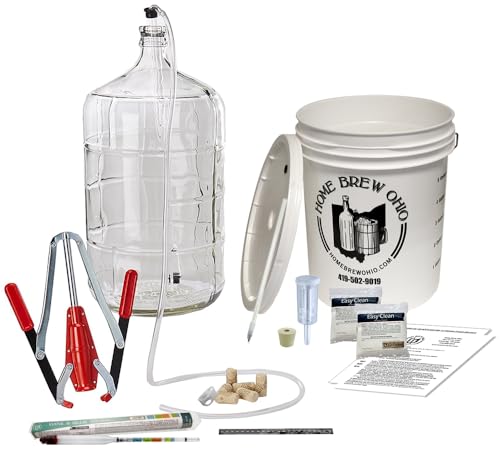Hi there,
I have attached 2x videos that show the small part of maceration process (i was trying to push the cap while recording).
One video from the last year and the other one for present.
You will see that there is a huge difference with the amount of co2 bubbles produced during maceration.
Both grapes were %100 syrah.
Should i expect the current one has less sugar and producing lower level of co2? Which would lead to low level of alcohol?
Or, is it about the "speed" of the producing process?
Or, not that much important to worry?
Thanks in advance for your help.
I have attached 2x videos that show the small part of maceration process (i was trying to push the cap while recording).
One video from the last year and the other one for present.
You will see that there is a huge difference with the amount of co2 bubbles produced during maceration.
Both grapes were %100 syrah.
Should i expect the current one has less sugar and producing lower level of co2? Which would lead to low level of alcohol?
Or, is it about the "speed" of the producing process?
Or, not that much important to worry?
Thanks in advance for your help.



















































